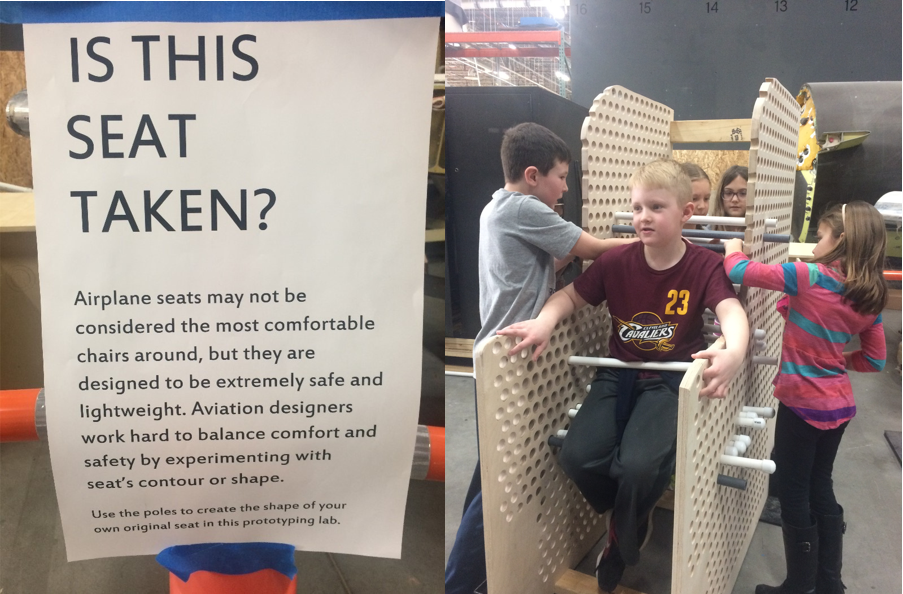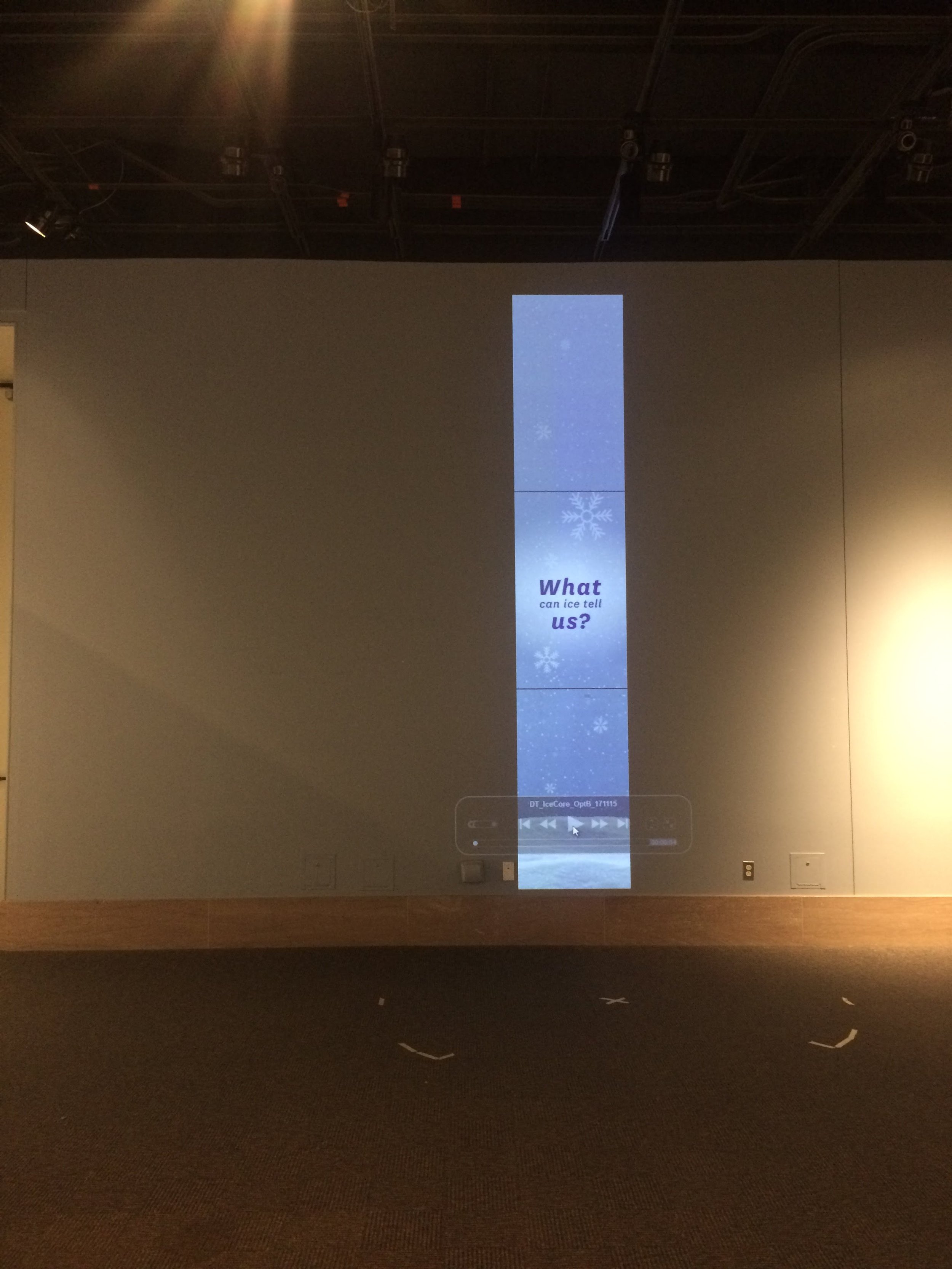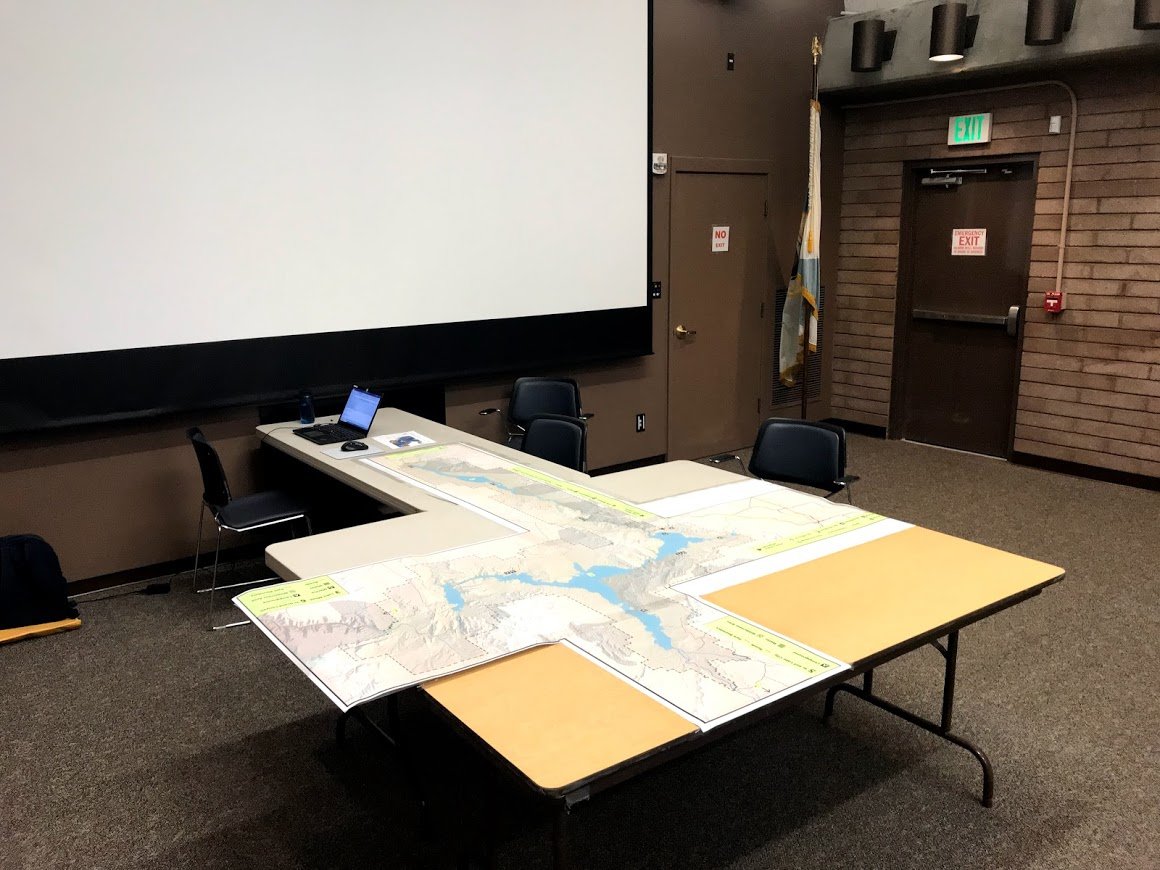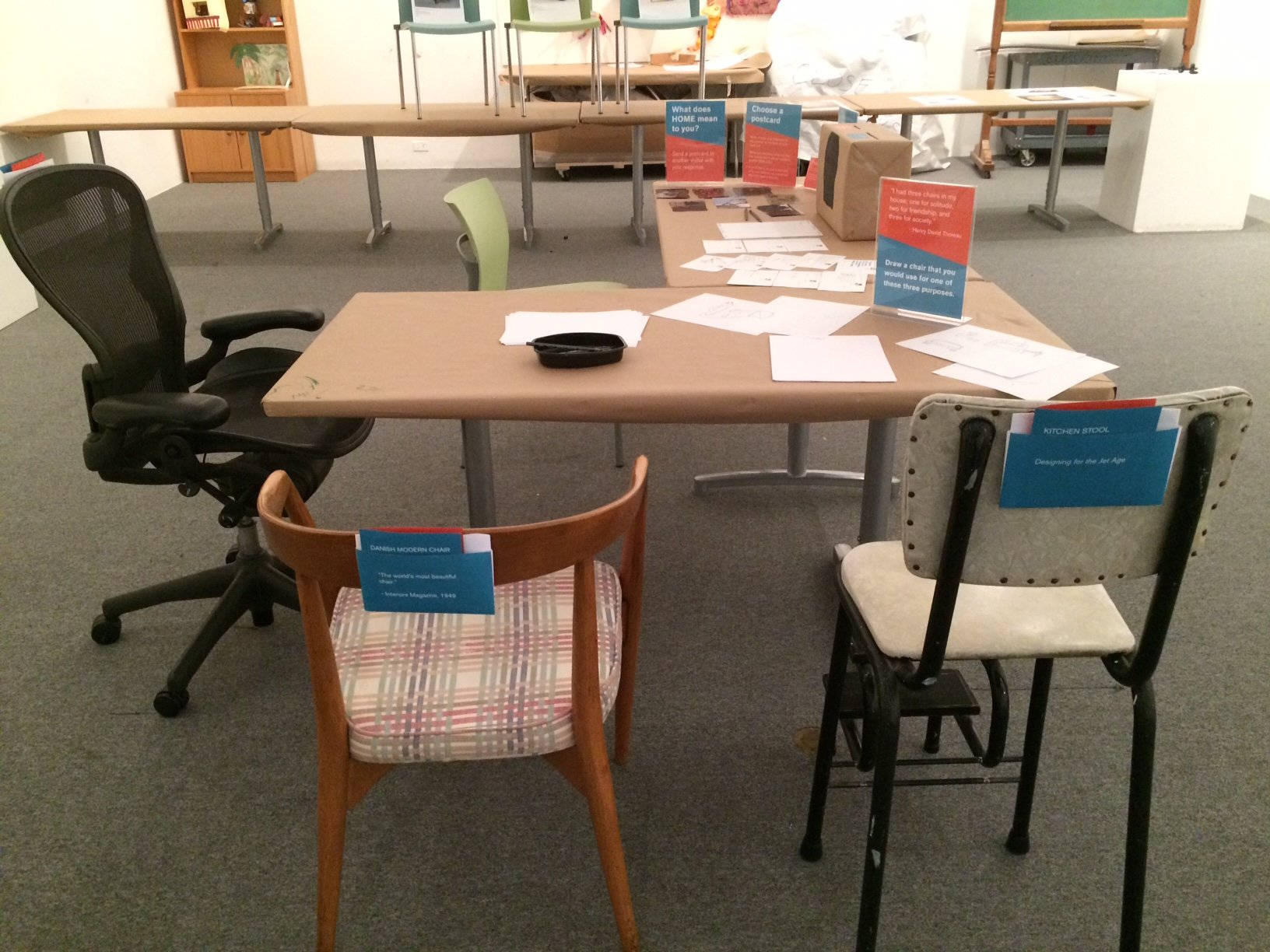Going with the Flow While Prototyping Exhibits
Over the years, I’ve had the pleasure of working with many design firms and museums to prototype early versions of new exhibits with visitors. Prototyping helps us understand what works well about an exhibit and what doesn’t, and the results guide us in refining exhibits so they are more engaging and effective. Some of my favorite examples include testing out a tactile map of a large National Recreation Area; a hands-on airplane seat-building challenge; interactives about climate change; a Sims-style urban-planning experience; and, most recently, a 10-foot tall Plinko-like game about natural resources.
I’ve also learned a thing or two about what makes an exhibit prototyping session go well for both researchers and visitors. Here are some tips to ensure that your next exhibit prototyping endeavor is a success!
Be prepared for anything
Exhibit prototyping sessions have a lot of moving parts. And while you can’t anticipate every possible scenario, it’s always a good idea to be ready for the unexpected. What will you do, for instance, if one group of visitors arrives late and overlaps with another group? Will you have them all use the exhibit prototype together, or make one group wait and possibly delay your schedule more? What about if your recording device runs out of battery halfway through a session? Do you have the supplies ready to quickly switch gears and take notes, or would you be caught off guard and have to later rely on your memory of the session? How about if a few students remove a piece of the exhibit prototype and begin playing a game with it (true story)? What then?
Personally, I find comfort in overpreparing in advance in order to be “chill” on the day of data collection. If you are ready for a variety of situations and able to think quickly on your feet, both you (and visitors) will stay calm and collected in the moment, no matter what happens.
Think of your script as a guide, not a rule
In any study, taking the time to carefully design an interview script is an important step that helps you hone your focus and prepare for data collection. While this is also true for prototyping sessions, there may be good reasons to occasionally deviate from the script. In my experience, you can often uncover useful insights that might fall outside the script by drawing on your:
Knowledge of the prototyping goals (what questions do you need answered to move your designs forward?)
Observation skills (did the visitor just do something interesting that you want to ask them about that is not in the script?)
Intuition (does that passing comment feel like something worth asking more about?)
I’ll never forget the time that I was prototyping an exhibit about how pilots maintain balance in flight—which visitors were supposed to sit to use—and we observed people instead using their hands to move the seat around. This was not a use case we had anticipated, but asking about it led to a whole new series of insights that ultimately helped make the exhibit’s design and messages more approachable and accessible.
Follow visitors’ leads, be curious, and don’t be afraid to veer off-script based on what you observe in the moment. You never know what you might learn if you do.
Iterating is part of the process
When prototyping, it’s normal and expected to make changes to the exhibit as you go based on visitors’ reactions. After all, a main goal of prototyping is to figure out what about the exhibit is working and what is not working! Recently, for instance, I was prototyping a game that had different modes that the designers asked to test in a certain order. In the first few testing sessions we saw that that order was confusing visitors and felt unnatural, so we flipped the script on the fly and had visitors play the game’s modes in new order for the rest of the sessions. We also changed some of the labels on the prototype based on what we were learning were visitors’ preferences and what language was helping them understand the exhibit’s core concepts.
Iteration is fully a part of the exhibit prototyping process. Applying what you are learning from visitors in real time helps provide visitors with a smoother experience and maximizes the (often short) time you have to continue moving the design process forward.
Remember that it’s about data quality over quantity
Sometimes we have weeks to prototype an exhibit, and sometimes we only have one day. In the end, what matters more is what you do in the time you have. When it comes to prototyping, rich, detailed conversations with just a few groups can be worth way more than rushing through sessions so that you can say you talked to a lot of people. No two prototyping sessions or timelines will be the same, and that is perfectly fine. I’ve had some visitors want to share their thoughts on everything from the materials used to build the prototype to a childhood memory it evoked, while in another prototyping session a visitor might use the prototype once and say all they have to say in about 5 minutes.
As the facilitator, it’s important to follow each visitor group’s rhythm and not force their interaction to be something it is not. After all, the goal of prototyping is always to gauge visitors’ real reactions to the exhibit in the best case scenario, so you know what goes right and what goes wrong when people are paying close attention.
Have fun!
For a researcher, exhibit prototyping can be a breath of fresh air from more standardized forms of data collection, like surveys or focus groups. It can be amazing to witness visitors’ wonder and delight at a new exhibit and simply to watch them play. As exhibit designer and consultant Margaret Middleton says in their recent MuseumNext article about playful exhibition design, “Playful museum experiences spark curiosity, start conversations and allow visitors to follow their interests.”
So, shed your nerves, embrace a “go with the flow” mentality, and enjoy the playful prototyping experience!




